4 Useful Tips To Know Roller Fairleads Quickly
Roller fairleads are mechanical devices that are often used in a variety of applications, such as winches, cranes, and other heavy equipment, to smoothly guide ropes, cables, or wires around bends or corners. They are intended to reduce rope or cable friction and wear, allowing for more efficient and safe operation.
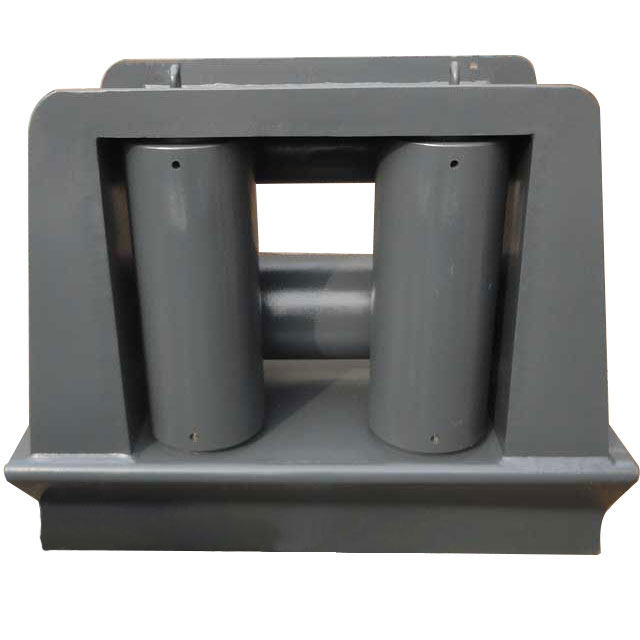
How Roller Fairleads Work
The primary operating mechanism of roller fairleads is the use of a set of cylindrical rollers arranged in a row or in a circular arrangement. These rollers are usually composed of metal or other long-lasting materials and are installed on a frame or housing.
When a rope or cable is fed through the roller fairlead, the rollers freely rotate, allowing the rope or cable to travel smoothly and change direction with little friction. The rollers are typically positioned at regular intervals to ensure that the rope or cable remains properly aligned as it goes through the fairlead. This keeps the rope or cable from rubbing against sharp edges or surfaces, causing abrasion and damage.
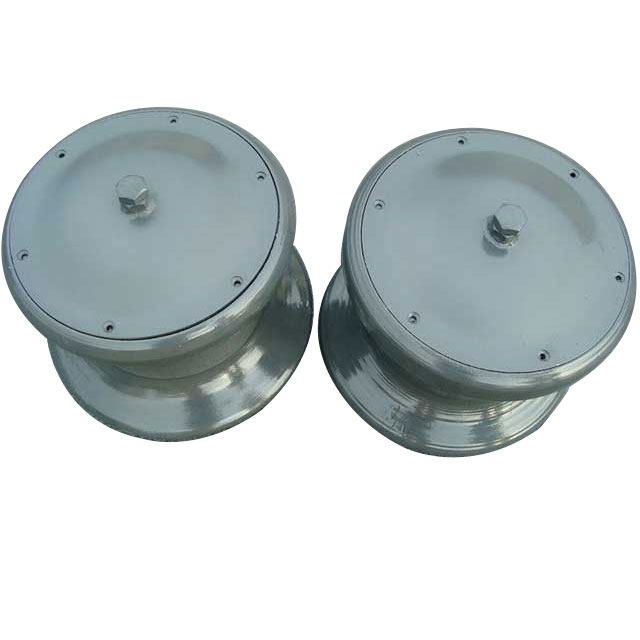
Types of Roller Fairleads
Horizontal Roller Fairleads
These are the most basic roller fairleads, with the rollers arranged horizontally in a row. Horizontal roller fairleads are commonly used to direct ropes or cables in a straight line or around minor bends.
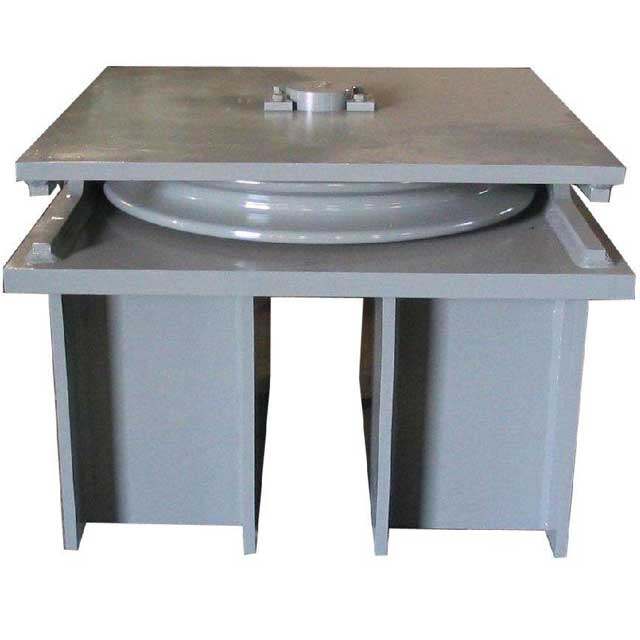
Vertical Roller Fairleads
The rollers in this form of fairlead are positioned vertically, often in a round or semi-circular configuration. They are typically employed in applications where the rope or cable must reverse direction in a vertical plane, such as ship mooring or hoisting.
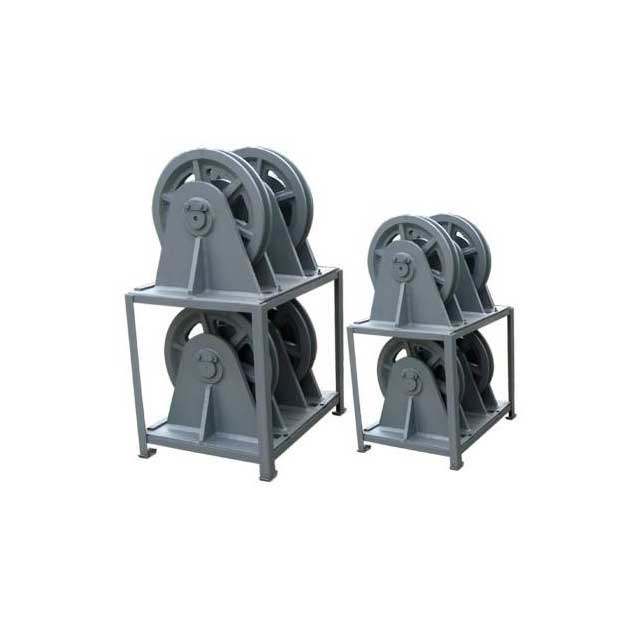
Angle Roller Fairleads
Angle roller fairleads are used to guide ropes and cables around corners and steep bends. They often feature rollers angled to the direction of the rope or cable, allowing for seamless direction changes while minimising friction and wear.
Multi-Roller Fairleads
Multiple rows of rollers, often staggered, are used in these fairleads to offer additional support and stability for the rope or cable. They are typically employed in heavy-duty situations involving higher loads or larger ropes/cables.
Swivel Roller Fairleads
Swivel roller fairleads are designed to rotate or swivel, allowing for increased flexibility in guiding. ropes or cables in changing directions. They are commonly used in applications where the direction of pull may vary, such as in off-road winching or marine towing.
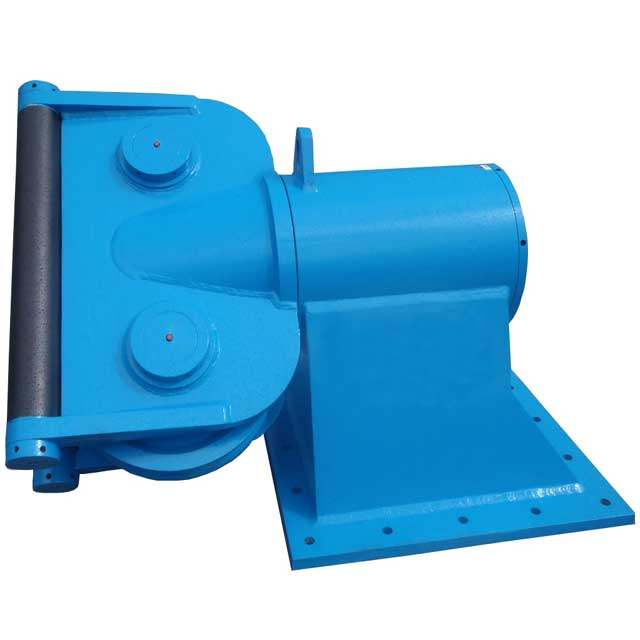
Combination Roller Fairleads
These types of fairleads incorporate different configurations of rollers, such as horizontal, vertical, and angle rollers, in a single unit. They provide versatility and flexibility in guiding ropes or cables in different directions and are often used in complex applications where multiple changes in direction are required.
Construction and Components of Roller Fairleads
To handle heavy loads, harsh environments, and extensive use, roller fairleads are often made of sturdy materials such as steel, stainless steel, or other corrosion-resistant materials.
Frame or Housing
The basic element of the roller fairlead that holds and supports the rollers is the frame or housing. It is normally formed of a strong material and is intended to withstand the loads and pressures applied to the fairlead.
Rollers
Rollers are the cylindrical components that guide the rope or cable through the fairlead. They are usually made of metal or other durable materials and can be positioned horizontally, vertically, or at an angle, depending on the type of fairlead. Rollers may be fixed in place or designed to rotate or swivel to reduce friction and wear on the rope or cable.
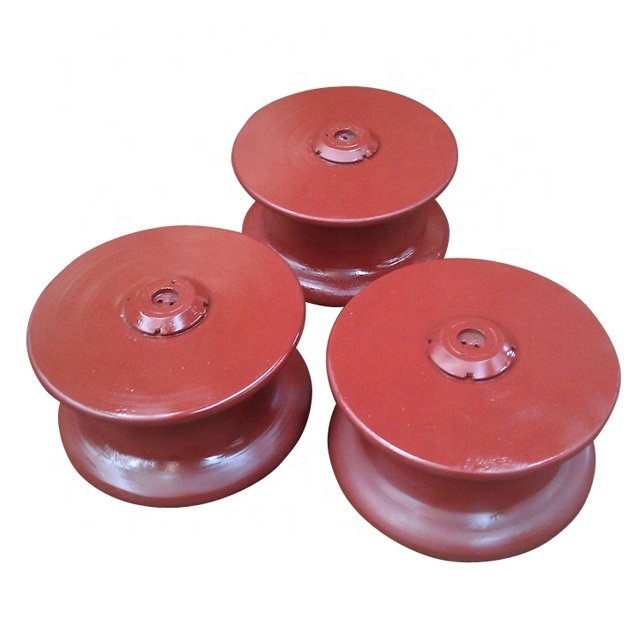
Roller Bearings
Roller bearings are used in fairleads with rotating or swivelling rollers to allow the rollers to move smoothly. They are normally positioned within the rollers or the frame/housing and allow the rollers to rotate or swivel.
Mounting Brackets
Mounting brackets are used to secure the roller fairlead to the equipment or structure it is attached to. They are normally welded or attached to the fairlead’s frame or housing and offer stability and support during operation.
Guide Plates or Flanges
Certain varieties of roller fairleads may include guide plates or flanges to help guide the rope or cable onto the rollers and keep it from slipping off. They are normally located at the fairlead’s entry and departure positions and are adjustable or fixed in place.
Grease Fittings
Grease fittings or lubrication points can be placed into the fairlead to allow for frequent lubrication of the rollers and bearings, resulting in smooth operation and a longer service life.
Mounting Hardware
Roller fairleads are normally secured to the equipment or structure with mounting hardware such as bolts, nuts, washers, and other fasteners.
Protective Coatings
Roller fairleads can be coated with corrosion-resistant coatings such as paint or galvanization to boost endurance, especially in maritime or other harsh situations.
Labels or Markings
To ensure correct and safe operation, roller fairleads may contain labels or markings providing crucial information like as load capacity, operating directions, or safety warnings.
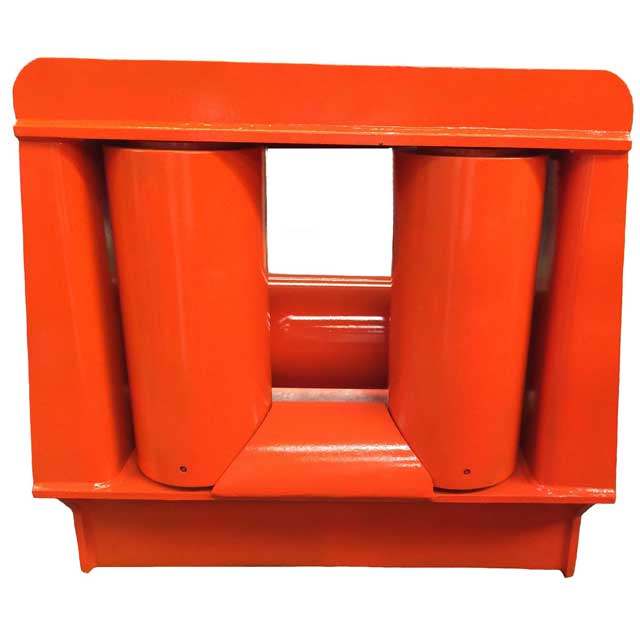
Best Practices For Safe Operation And Maintenance
Follow Manufacturer’s Instructions
Always follow the manufacturer’s directions for roller fairlead installation, operation, and maintenance. This comprises appropriate rope or cable attachment, alignment, and tensioning, as well as frequent lubrication and inspection in accordance with the manufacturer’s instructions.
Inspect Regularly
Inspect the roller fairlead on a regular basis for signs of wear, damage, or corrosion. Replace or repair any loose or missing bolts, damaged rollers, bearings, or other components as needed. Particular care should be taken in regions where ropes or cables enter or exit the fairlead, as they are prone to wear and damage.
Lubricate as Needed
Roller and bearing lubrication is critical for smooth operation and reducing friction and wear. Follow the manufacturer’s recommendations for lubrication type and frequency, and make sure that grease fittings or lubrication points are inspected and properly greased on a regular basis.
Avoid Overloading
Do not exceed the load capacity of the roller fairlead as specified by the manufacturer. Overloading can cause excessive wear, damage, or failure of the fairlead and compromise safety. Always use the appropriate size and type of rope or cable for the fairlead and ensure that it is properly tensioned and aligned.
Operate Safely
When using equipment with roller fairleads, use safe operating procedures. Avoid rapid jerks or quick motions that can put too much strain on the fairlead and rope or cable. Allowing ropes or cables to brush against sharp edges or corners can cause damage and shorten their service life.
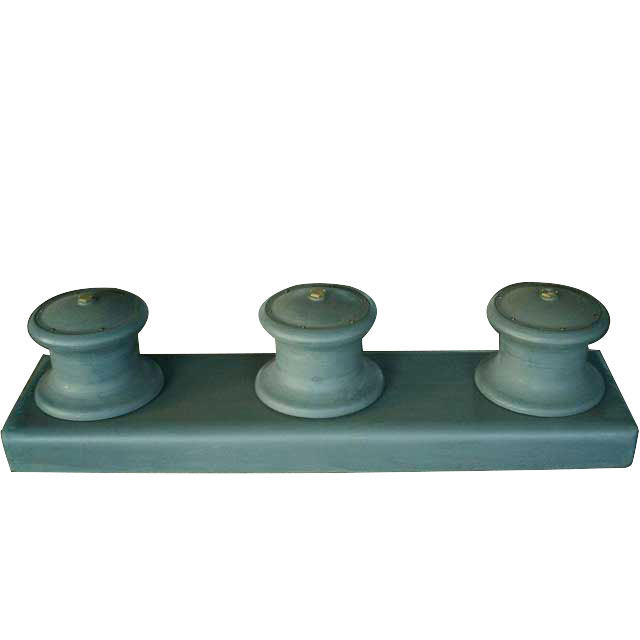
Keep Clean
Keep the roller fairlead clean and clear of dirt, debris, or other impurities that can cause friction, wear, or corrosion. To guarantee smooth operation, clean the fairlead on a regular basis and remove any accumulated debris.
Replace Worn or Damaged Parts
Replace any worn, broken, or missing roller fairlead pieces as soon as possible. Using defective or worn components can jeopardise the fairlead’s safety and performance, resulting in accidents or equipment failure.
Proper Training Operators
Operators should be properly trained and instructed on the safe operation and maintenance of roller fairleads. Ascertain that operators understand the equipment, its limitations, and safe operating practises. Encourage operators to report any faults or irregularities to the fairlead so that they can be resolved as soon as possible.
Follow Safety Regulations
Follow all applicable safety requirements, standards, and guidelines for the industry or application in which the roller fairlead is utilised. legislation from workplace safety and health organisations, industry standards, and local legislation may all be included.
Regular Maintenance
Establish and follow a regular maintenance programme for the roller fairlead. Routine inspections, lubrication, cleaning, and replacement of worn parts may be included. Regular maintenance can assist in identifying and addressing possible faults before they become serious ones, guaranteeing safe and dependable operation.
Summary
Roller fairleads are critical components in a variety of applications where ropes, cables, or wires must be guided smoothly and safely around bends or corners, minimising friction, wear, and potential damage to the rope or cable and ensuring the efficient and reliable operation of heavy equipment and machinery.


